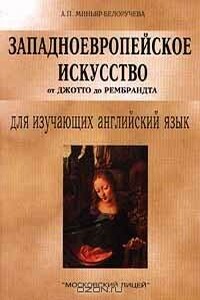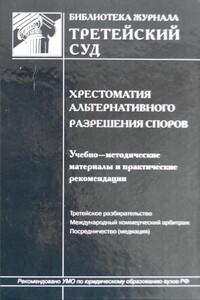Западноевропейское искусство от Джотто до Рембрандта. Для изучающих английский язык | страница 18
Unit V Leonardo Da Vinci (1452-1519)
The coming of the sixteenth century saw the rise of great artists in Italy – Raphael, Michelangelo and Leonardo da VincI. Their names have never lost their enormous fame.
High Renaissance style was founded by one of the most gifted individuals ever born. Leonardo da Vinci, who has always been famous because of the fantastic range of his genius, fulfilled the Renaissance ideal of the Universal Man. He was not only a great painter and sculptor, but also an outstanding architect, an inventor, an engineer, a musician, and the leading physicist, botanist, anatomist, geologist and geographer of his time.
Leonardo's fame as an artist is based on eighteen paintings that came down to us, some of them incomplete, some damaged as a result of his experimental techniques. Leonardo's art surpassed the achievements of his time. In an era when the continuing power of the Church competed in men's mind with the revived authority of Classical antiquity, for Leonardo there was no authority higher than that of an eye, which he characterized as «the window of the soul». When Leonardo began his campaign to modernize painting the artist was still a craftsman and a guild member; before the High Renaissance was over, a great master could live like a prince.
Leonardo da Vinci was born in Tuscany. By 1469 he was Verrocchio's apprentice. In Verrocchio's workshop Leonardo obtained the best education of his time.
The Adoration of the Magi is Leonardo's first masterpiece. It was commissioned in 1481 for a church outside Florence. It was, never carried any further than the monochrome underpaint Leonardo used the pyramidal composition. The groups are based on the actions of the component figures and dissolve as soon as they move. Leonardo did not know it, but this discovery was made in Greece in the 5-th century B. C. In this work Leonardo started with the moment of feeling, form came next.
The Madonna of the Rocks, of 1483, is one of the earliest and the most famous Leonardo's pictures. It was intended for the Oratory of the Immaculate Conception in Milan. The doctrine of the Immaculate Conception means that the Virgin was freed from the taint of the Original Sin. Leonardo has interpreted this doctrine dramatically. He represented Mary in the midst of a dark world of rock forms. In this strange rocky grotto, where the sun never seems to strike and the plants grow thick but colourless, the Christ Child manifests his Divinity as he blesses the infant St. John, himself taken under the Virgin's protection. And, like a prophecy of the Baptism of Christ by St. John in the Jordan, a river winds away among the pale peaks. This painting makes Leonardo a typical artist of the High Renaissance.




